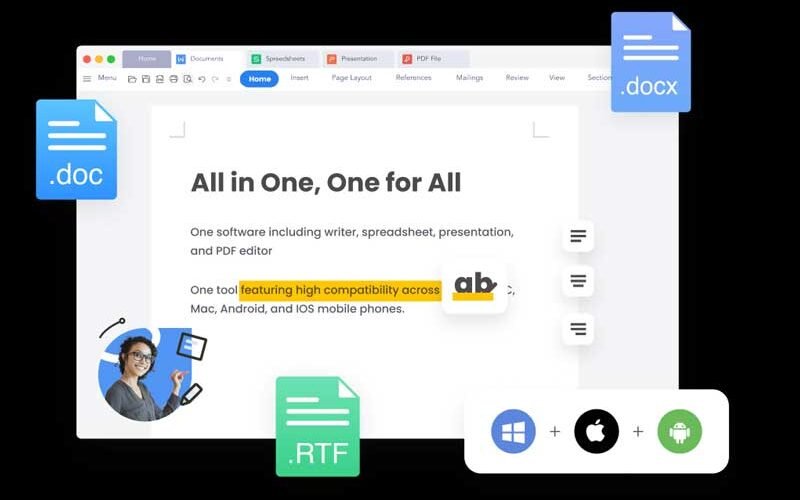When most people think about saving money, they imagine cutting lattes, skipping vacations, or finding cheaper streaming bundles. But few realize there’s often a low-hanging fruit sitting right in their driveway: their car loan.
In 2025, a used cars loan remains one of the biggest recurring payments for millions of households. And while rates have eased slightly from their 2022–2023 peaks, millions of drivers are still locked into higher-than-necessary APRs that drain cash flow and compound total cost.
Historically, the data shows that most borrowers treat car loans as “set it and forget it.” They shouldn’t. Just like you’d rebalance an investment portfolio when conditions change, you can — and often should — rebalance your debt too.
So let’s break down when refinancing a used car loan actually makes sense, when it doesn’t, and how to get it right if it does.
The Case for Refinancing: Why Bother?
If you’re like most people, you probably set up your car loan in the rush of closing the deal. Dealers know this. That’s why a huge chunk of car loans get written at dealership desks — where convenience beats scrutiny and APR markups quietly pile on.
But the market changes. So does your credit score. And if you’re disciplined about re-checking the math, a refi can save you hundreds — sometimes thousands — over the remaining life of your loan.
The biggest reasons people refinance are straightforward:
✅ Lower your interest rate. If market rates have dropped or your credit score has improved, you can lock in a better APR.
✅ Lower your monthly payment. Extending the term can lower what you pay each month — freeing up cash flow when budgets are tight.
✅ Shorten your payoff timeline. Some borrowers actually refinance to pay their car off faster at a lower cost.
✅ Remove add-ons or co-signers. Refinancing can help remove a co-signer or roll off unwanted extras buried in the original loan.
When It Makes Sense (And When It Doesn’t)
Let’s get specific. Refinancing only works when the math favors you — and when you plan to keep the car long enough for the savings to matter.
Good reasons to refinance include:
1️⃣ Your credit score has improved significantly. If your credit jumped from “fair” to “good” or “good” to “excellent,” you might be eligible for a materially lower rate than when you first signed.
2️⃣ Market rates have dropped. Auto loan rates can fluctuate with broader monetary policy. Even a 1% APR drop can add up.
3️⃣ You didn’t shop around originally. Many buyers take the dealer’s first loan offer — often padded with markups. Replacing that with a direct bank or credit union loan can strip those costs.
4️⃣ You need lower payments now. Stretching out the loan can reduce your monthly burden. Just remember — that often means paying more in total interest.
On the flip side, refinancing rarely makes sense if:
🚫 You’re near the end of the loan. If you’re 80% paid off, the small remaining balance won’t generate meaningful savings.
🚫 Your car is worth less than the loan balance. If you’re underwater, many lenders won’t refi at all.
🚫 Your new rate won’t save enough to cover fees. Refinancing comes with title transfer fees and possible lender charges. Always weigh the net savings.
🚫 You have prepayment penalties. Some older car loans penalize early payoff. Factor this in — it can offset your potential gains.
Real-World Example: Small Moves, Big Savings
Let’s make this concrete.
Say you bought a used SUV for $25,000 back in 2022 when rates were spiking. You took a 72-month loan at 10% APR. Two years later, your credit score is up 60 points, and you find a credit union offering 7% APR to refinance the balance.
You owe about $17,500 with 50 payments left. Refinancing to 7% drops your monthly payment by about $30 and saves you roughly $850 in total interest — just for making two phone calls and signing some new paperwork.
Is that life-changing? Maybe not. But it’s the same as finding an extra $30/month in your cash flow — which could go straight to paying off other debt faster or boosting savings.
How to Refinance Right (Without the Headaches)
If the data lines up, refinancing your car loan is a pretty straightforward playbook.
Step 1: Know your current loan. Check your payoff balance, interest rate, remaining term, and any fees for early payoff.
Step 2: Check your credit. A 10-minute soft pull helps you understand if you’ll actually qualify for a better rate.
Step 3: Shop multiple offers. Just like investing, diversification matters. Compare quotes from your local credit union, online lenders, and even your current bank. Many will run soft pulls that don’t ding your credit.
Step 4: Crunch the total numbers. Use a refinance calculator to compare new payments, total interest, fees, and the break-even point.
Step 5: Watch the term creep. Many lenders will stretch you back to a fresh 60- or 72-month term to lower the payment. Lower payments feel good — but they often cost more long-term. If you can, stick to the remaining term or shorten it.
Step 6: Apply and close carefully. Once you pick a lender, they’ll coordinate paying off the old loan. Stay on top of your payments until you see a $0 balance — paperwork can lag.
Common Pitfalls to Avoid
Refinancing isn’t magic — there are real traps for the unwary.
🚫 Stretching the term too far. Lower payments feel good now but can cost you big if you extend a nearly-paid loan back to square one.
🚫 Rolling negative equity forward. If you owe more than the car’s worth, some lenders will roll that into the new loan. You’re just kicking the can — and paying interest on it.
🚫 Ignoring fees. Some lenders tack on origination charges, title fees, or processing costs. Small fees add up — always compare all-in savings.
🚫 Not shopping around. Just because your dealership emails you a “special offer” doesn’t mean it’s competitive. Same rule as with your original loan: never take the first deal blindly.
The Behavioral Edge: Discipline Over Emotion
Here’s the simple truth: banks, dealers, and lenders count on most borrowers to be passive. The system is designed for you to accept a good-enough loan and never revisit it. But a smart investor knows the real edge comes from small, disciplined optimizations — done consistently.
Just like in global asset allocation, cost drag compounds quietly. Shaving off 1–2% here, tightening up terms there — these small moves add up over time to real dollars. You don’t need to time the market. You just need to keep your friction costs low.
A car loan refinance is the same story: boring, unglamorous, but powerful when done at the right time, with the numbers to back it up.
The Bottom Line
If you’re paying off a used car loan, take 15 minutes this week to check your numbers. If your credit has improved or rates have softened, there’s no good reason not to see if a refi makes sense.
Will everyone save money refinancing? No. But many people do — and those savings free up cash to pay down higher-cost debt, invest more, or simply breathe a bit easier each month.
And if you’re the type of investor who believes that small edges compound over years, this is exactly the kind of friction you should trim.
Stay systematic. Run the math. And treat your car loan like any other piece of your portfolio: something to manage, not ignore.










